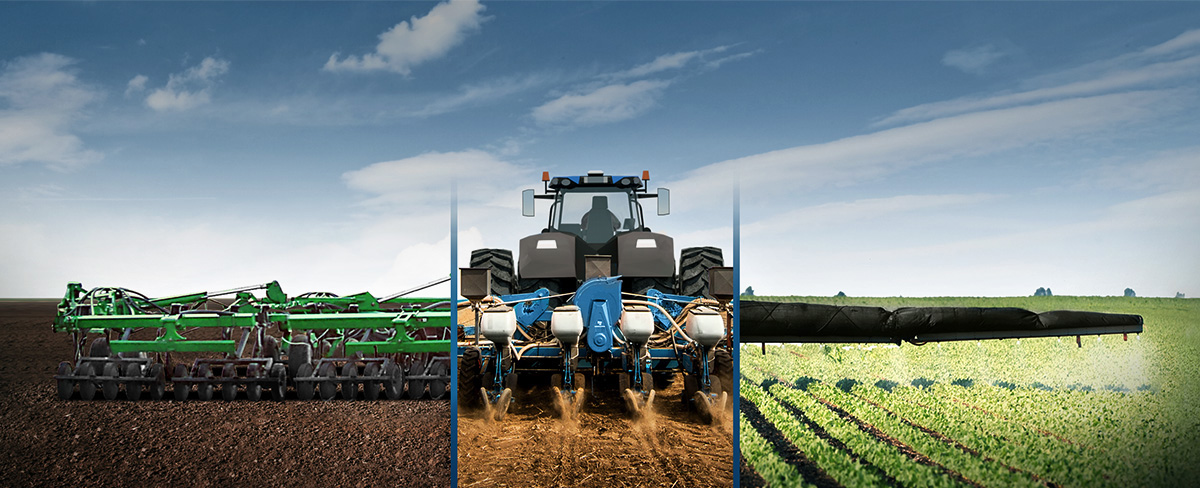Next Step in ISOBUS: Tractor Implement Management
December 19, 2018

If you’re in the market for a new tractor, especially if hay is part of your operation, you may have heard about Tractor Implement Management (TIM), also known as ISOBUS Class 3.
As we discussed in the last blog post on ISOBUS, Task Controller communicates between the tractor and implement so the implement knows when to make commands, like shutting off sprayer booms or making variable-rate fertilizer applications.
TIM takes that communication and control even further. The next step in ISOBUS technology, TIM allows the implement to control the tractor, which can optimize the vehicle’s performance based on what the implement is sensing. It ensures that the implement and vehicle are in sync throughout the operation.
For instance, in a tillage operation, the implement could sense if the tractor is pulling really hard and tell the tractor to shift down a gear or lift the implement out of the ground a few inches. This could result in fuel savings or reduce wear and tear of the equipment
While the technology for TIM is already here, it’s still under development as the Agricultural Industry Electronics Foundation (AEF) — the organization founded to create guidelines for ISOBUS and ensure cross-manufacturer compatibility of precision farming technology — works to get the definitions in place and standardized.
We’re probably years out from TIM being more mainstream and defined, but there are some manufacturers working on it, and those growing hay can even use some features of TIM today.
What to Expect
The first thing we’ll probably see with TIM is speed control — the implement telling the tractor to speed up or slow down. Lifting and lowering the implement may be another early-on feature. As a protocol for TIM advances, it’s possible we could see the implement being able to control tractor gear shifting or even turning.
Some manufacturers are building their tractors to handle what they think is coming down the pipeline, and while they may not be marketed as TIM, there are some hay tractors already using TIM capabilities.
For instance, Case IH has a tractor series in its hay and forage lineup that allows an approved implement to control tractor ground speed, rear PTO and rear hitch, while a series of New Holland tractors allows the baler to control the tractor’s speed, which the company says optimizes feed rate and helps produce a constant flake thickness.
Ready for TIM
Because it is still under development, the newer your equipment is, the more you’ll likely be able to take advantage of this technology.
It’s not to say that older tractors can’t be used with TIM, especially in regards to steering commands from the implement, as many older vehicles can still take advantage of that. But to be able to fully use TIM, you may need to upgrade to a new tractor once fully developed systems are available.
If you’re currently in the market for a new tractor and you purchase one that has some level of automated steering and is computer-controlled, you’ll probably be able to fully utilize TIM in the future.
But keep in mind that what you’re currently seeing on the market is just the tip of it — there is more to come with TIM, and it’s definitely something to be excited about.
